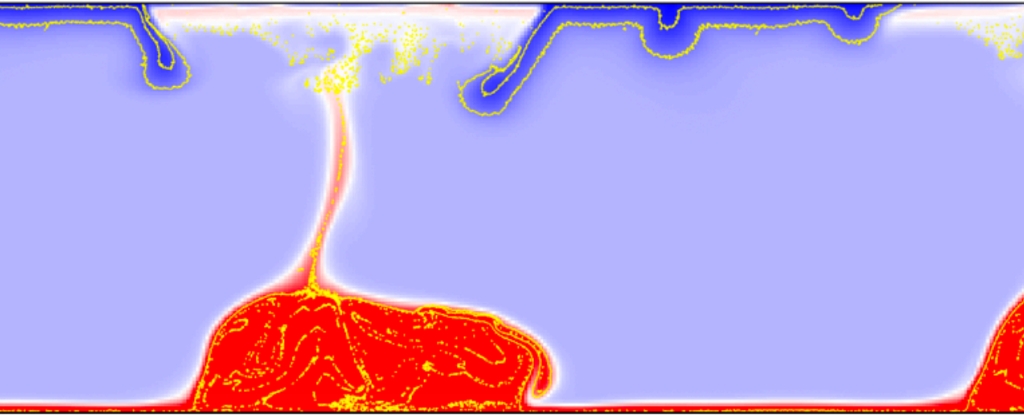Horticulturae, Vol. 10, Pages 356: Vegetable Response to Added Nitrogen and Phosphorus Using Machine Learning Decryption and the N/P Ratio
Horticulturae doi: 10.3390/horticulturae10040356
Authors: Parent
The current N and P fertilization practices for vegetable crops grown in organic soils are inaccurate and and may potentially damage the environment. New fertilization models are needed. Machine learning (ML) methods can combine numerous features to predict crop response to N and P fertilization. Our objective was to evaluate machine learning predictions for marketable yields, N and P offtakes, and the N/P ratio of vegetable crops. We assembled 157 multi-environmental fertilizer trials on lettuce (Lactuca sativa), celery (Apium graveolens), onion (Allium cepa), and potato (Solanum tuberosum) and documented 22 easy-to-collect soil, managerial, and meteorological features. The random forest models returned moderate to substantial strength (R2 = 0.73–0.80). Soil and managerial features were the most important. There was no response to added P and null to moderate response to added N in independent universality tests. The N and P offtakes were most impacted by P-related features, indicating N–P interactions. The N/P mass ratios of harvested products were generally lower than 10, suggesting P excess that would trigger plant N acquisition and possibly alter soil N and C cycles through microbial processes. Crop response prediction by ML models and ex post N/P ratio diagnosis and N and P offtakes proved to be useful tools to guide N and P management decisions in organic soils.

 1 month ago
15
1 month ago
15

